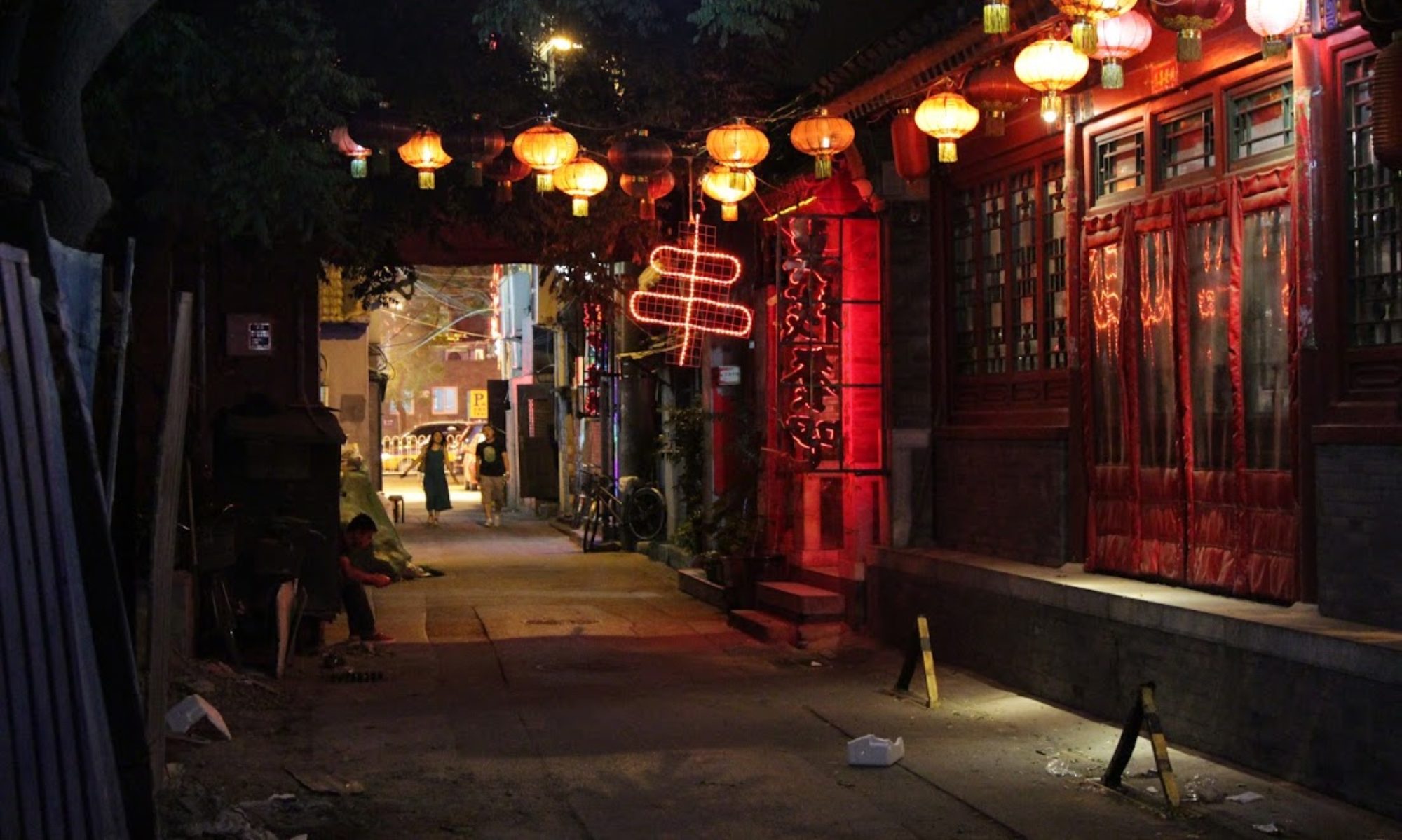Note: This posting was written on 9/12/11, but due to lack of internet, it hasn’t been posted until today.
Even though our group has been staying in Accra at the Coconut Point Regency Hotel, we haven’t really experienced the city due to constant orientations and lectures. However, yesterday we took a trip to the center of Accra and walked around for a few hours. Here are the first impressions:
•The Traffic: To sum it up, Accra is as busy as New York, but much crazier and hectic. First of all, cars (not pedestrians) have the right of way. If you’re walking across the crosswalk and the stoplight turns green for the cars, you better start running. Cars will slam on the accelerator, and start honking at you immediately. A personal estimate is that at least 50{3a5a0fd47fd42b6497167aecc6170a94848f1ba936db07c4954344fcfff1d528} of all vehicles on the road are either trotros (see below) or taxis. People drive like complete jerks – cutting people off, not letting people merge, and even driving on the sidewalk just to pass someone. It’s probably a good thing that AFS doesn’t let us drive over here…
• The Trotros: Generally speaking, a trotro is any form of public transportation besides a bus/taxi that is designed to carry many people. In Ghana, they are either a large van or very small bus, and are the primary form of transportation for Ghanaians (most cannot afford a car). There are also a variety of hand signals used to show the conductor where you are going, and conductors also yell out of the side of the vehicle their destination. I will be taking 2-3 separate trotros to get to Achimota once my school begins this Tuesday.
• Using Their Heads: Ghanaians carry everything on top of their heads. In just a few hours, I saw cartons of eggs, chocolate bars, mini-fridges and even clay pots balanced on their heads. Although people carrying everything on their head looks very silly at first, it makes perfect sense because it helps avoid back strain and is much easier for carrying heavy items long distances. Sometimes people wrap cloth in a circle to help stabilize their goods, while other times it’s flat on their head. Regardless, I have yet to see a Ghanaian drop anything.
• The Market: It’s almost indescribable; absolutely chaotic, yet perfectly in order. To be honest, it’s still overwhelming for me – the constant shouts of “Obruni” and “buy this” while watching where I am stepping in the unpaved path are so different from home. Everything from Nigerian movie DVD’s and bananas to t-shirts and fufu pounding sticks are sold. Every couple of seconds the smell changes completely between anything from garlic and old fish to human excrement, so be careful about how deeply you inhale.
• Poverty: To be honest, while poverty does exist in Ghana, it’s not as overwhelming as you think. I have yet to see something that I couldn’t imagine taking place anywhere in the United States. One thing that was new for me (coming from Naples, Florida) was the following people asking for money.
o The Kids: While they are very cute when asking for money, they usually aren’t Ghanaian. Most kids we’ve seen have been Mali, and beg for money which they then proceed to give to their parent. Their parent may then proceed to buy food for the kid, but it’s just as likely that they will use it to buy alcohol or drugs for themselves.
o The Handicapped: As you are driving, handicapped people will either wheel themselves to you, or do something else to get your attention. This type of begging does take some getting used to. According to our orientation, if a child is born handicapped, there is a large chance they will be abandoned on the streets because many African parents believe handicaps to be a form of witchcraft.






Very insightful post!
Your descriptions and photos are great. I can learn about the culture through you, and get an idea of your experiences….I hope you enjoy the explorations. (just don’t pee on that wall.)
I like your blig Avery… Its really cool 😉
Kwadwo to be honest where do you get all this information from …Anyway,a good work done
Day-Stu